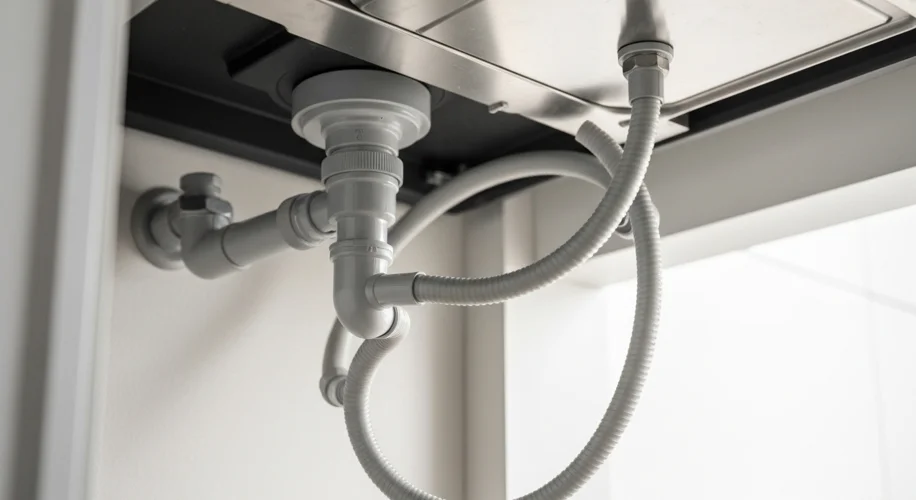It’s frustrating, isn’t it? You finish a cycle, open the dishwasher, and find a puddle of water lingering at the bottom. It’s a common issue, and one that usually points to a problem with the drainage system. Today, let’s dive into why this might be happening and specifically look at something called the dishwasher’s drainage high loop.
Think of the high loop as a crucial step in your dishwasher’s drainage process. It’s essentially a section of the drain hose that is routed upwards, forming a curve or loop, before connecting to your sink drain or garbage disposal. This loop is designed to prevent dirty water from the sink from backing up into the dishwasher and also stops the clean water from the dishwasher from siphoning back down the drain prematurely.
So, what happens when you find that standing water? Most often, it means the water isn’t getting out as it should. Here are a few common culprits:
- A Clogged Drain Filter: Most dishwashers have a filter at the bottom to catch food particles. If this filter gets clogged, it can impede water flow and lead to standing water.
- A Kinked or Blocked Drain Hose: Over time, the flexible drain hose can get kinked, especially if the dishwasher is pushed too far back. Food debris, grease, or even small items can also get lodged inside the hose, creating a blockage.
- Problems with the Air Gap or Sink Connection: If your dishwasher drains into your sink’s plumbing, there might be an air gap (a small cylinder on your countertop or sink edge) or a direct connection to the drain pipe or garbage disposal. Both of these can become clogged with gunk.
This is where the high loop design comes into play. If the high loop itself is blocked or improperly installed, it can hinder the drainage. Imagine trying to pour water through a bent straw – it’s not going to flow freely.
How to Investigate the High Loop:
- Safety First: Always disconnect your dishwasher from the power supply before doing any inspection or work.
- Locate the Hose: You’ll typically find the drain hose running from the back of the dishwasher towards the sink plumbing. It might be secured to the underside of the countertop or cabinet.
- Check for Kinks: Gently feel along the entire length of the drain hose, especially where it makes its upward curve. Ensure there are no sharp bends or kinks that could restrict flow.
- Inspect the Connection: Examine where the hose connects to your sink drain or garbage disposal. Is there visible gunk or a blockage right at the entry point?
- Look for Obstructions (if accessible): Sometimes, if the hose is accessible, you might be able to disconnect it (have a bucket ready for residual water!) and try to peer inside or gently clear any obvious blockages. However, for most of us, focusing on the kinks and the connection point is the most practical step.
If you’ve checked these areas and the water still isn’t draining, the clog might be further down the line in your sink’s plumbing. But often, a simple check of the drain hose and its high loop can solve the mystery of the lingering water. A clean, unobstructed path for the water is key to a sparkling clean finish and a happy dishwasher!

